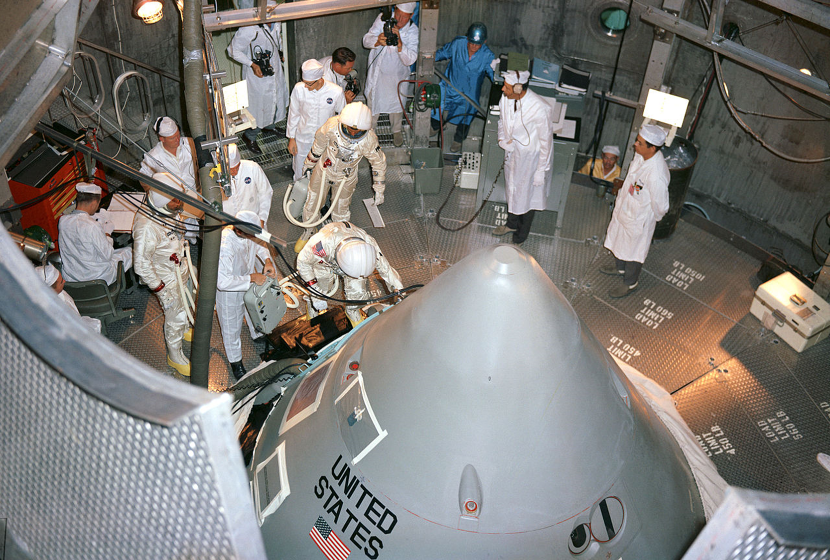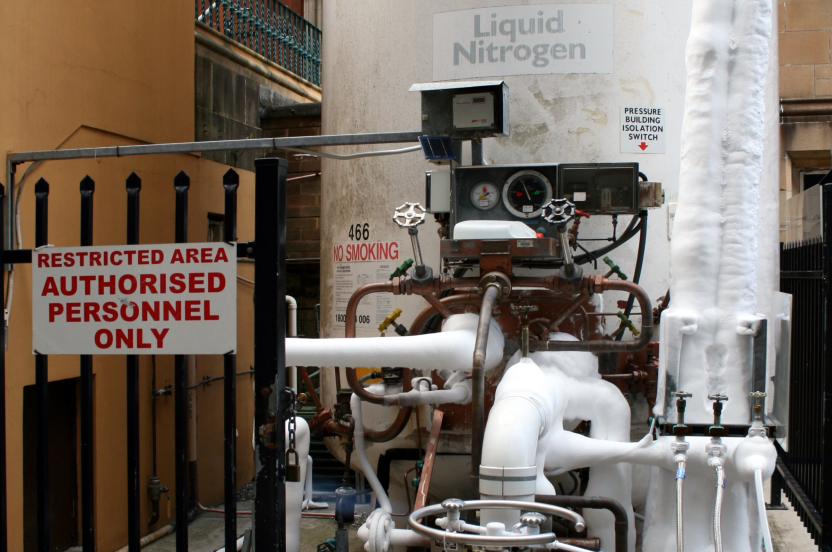Safe Limits for Oxygen Exposure: Why 19.5% to 23.5%?
“Love is like oxygen. You get too much, you get too high; not enough and you’re gonna die.” — Andy Scott, of Sweet OSHA standards define safe lower and upper limits to the concentration of oxygen in the atmosphere to which workers are exposed. The limits are a minimum of 19.5% and a maximum of [...]



